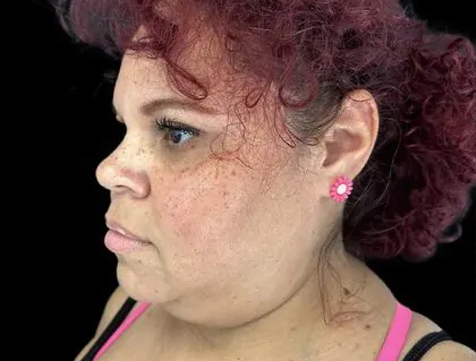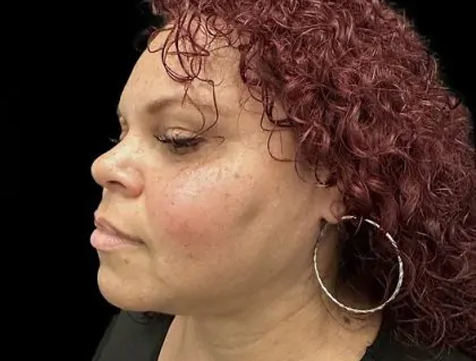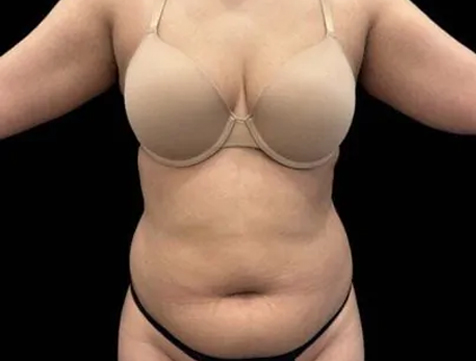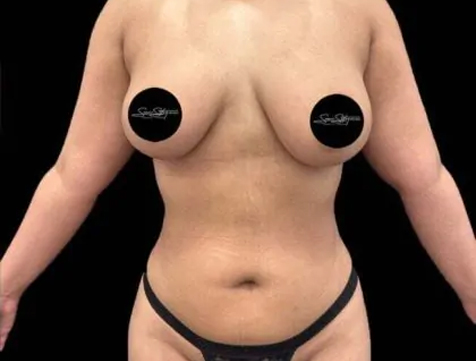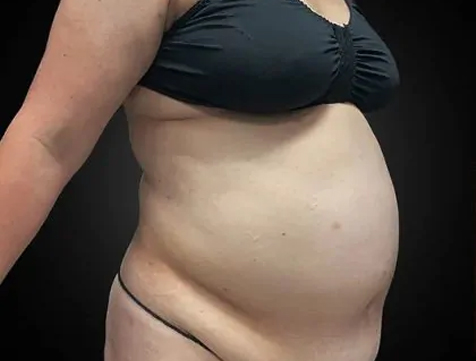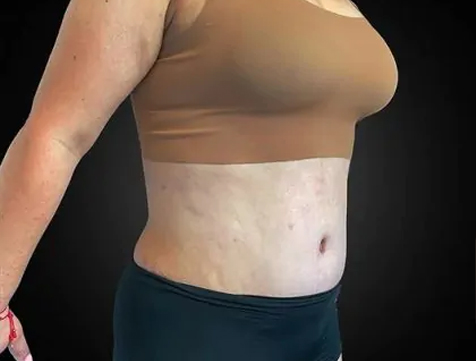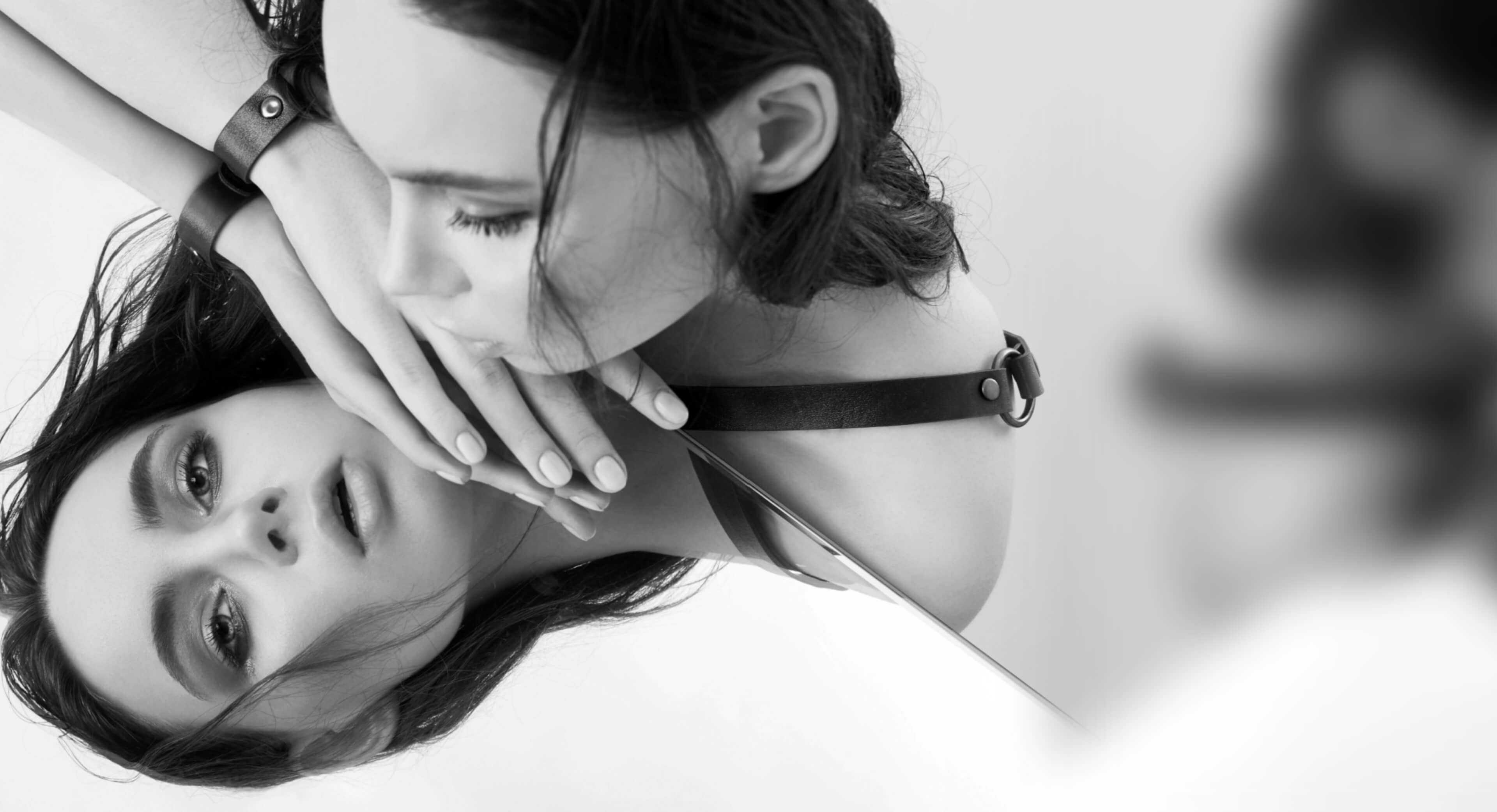Hair Restoration
Consultations offered at our two convenient locations in Lancaster and Los Angeles, CA
Contents
Hair Loss Treatment – Part 1: Causes & Solutions
Let’s talk about hair loss treatment options. We’ll divide it into two parts!
- Over the counter medications like Rogaine (Minoxidil): apply to scalp twice a day to encourage hair growth and prevent hair loss; takes 4-6 months to see results
- Prescription medications like Propecia/Proscar (Finasteride): pill taken daily
**BOTH (1 and 2) can take up to 1 year to see results and you MUST KEEP TAKING to maintain benefits - Hair transplant options
– Follicular Unit Transplantation (FUT): involves removing skin on back of scalp (where there is abundance of hair). Hair follicles are removed from a strip of skin, and reinsert into the scalp
– Follicular Unit Extraction (FUE): involves removing hair follicles directly from the scalp and transfer them to bald or thinning parts of the scalp - Lifestyle Change: quit smoking
- Scalp Massage: stimulates hair follicles
- Balanced diet
– Iron rich foods: lean beef, beans, green leafy vegetables, iron fortified grains, eggs
– Omega 3 fatty acid foods: salmon, tuna, yolks, hemp seeds, walnuts
– High protein foods: eggs, lean meats, seafood
– Drink plenty of water - Reduce stress: regularly exercise, listen to music, practice yoga, meditate, get enough sleep
Hair Loss Treatment – Part 2: Advanced Strategies
We thoroughly went over part one of hair loss treatments. Let’s get into part 2!
- Oils
– Peppermint oil can stimulate hair growth
– Rosemary oil can increase blood supply to the scalp - Saw Palmetto: plant with small berries; may help with hair growth
- Biotin: vitamin found in nuts, sweet potatoes, eggs, onions, oats
- Be gentle with your locks- avoid tight hairstyles (pony tails, braids, buns), hot curling irons or straightening irons, chemicals used in perms and straightening treatments, and bleaching your hair
- Medical check up: have your physician ensure your overall health; check for diabetes, lupus, sarcoidosis, psoriasis, alopecia, thyroid conditions, iron deficiency anemia, celiac disease to name a few
- Review your medications with your physician: chemotherapy and radiation therapies, certain blood thinners, depression and high blood pressure medications, gout medications, and Accutane (to name a few) have been linked with hair loss
- Platelet Rich Plasma: stay tuned for a detailed video on this topic
FUE Hair Transplant – Overview
Follicular Unit Extraction removes individual hair follicles from your skin (typically scalp) and moves (or transplants) them to another part of your body…where the hair is thinnest or absent. I use a small tool to extract single follicles and move them using almost no sign of extraction! Unlike a “Follicular Unit Transplant, or FUT,” there is NO large scar!
An FUT procedure gives a “hair plug” look and involves removal of an entire piece of skin (or scalp) along with the follicles, which are then transplanted to the target area. As you can imagine, this procedure involves a large scar, and is not offered in my practice- BUT, an FUE procedure is!
FUE side effects are minimal, and include swelling, bruising, and sensitivity. The procedure itself is typically done in one session, and is an outpatient procedure where patients get to go home the same day.
Avoid exercise and don’t immerse the area in water for 1 week. Hair transplanted to the new area begin to grow in about 3-4 months. Expect up to 80% of transplanted hair to grow back!
FUE Hair Transplant – Step-by-Step Procedure
Here’s the entire procedure in 5 key steps:
- The hair in the area where follicles will be removed, as well as around the transplant area, will be shaved.
- Using a micropunch tool, hair follicles will be removed from the skin.
- A series of tiny incisions using a small needle will be made
- The hair follicles will be inserted into the incisions. The incisions are not closed- the area will contract on its own!
- The area is then cleaned and bandaged for recovery.
FUE Hair Transplant – How It Works
As we get older, the three-phase cycle of hair growth and regrowth shortens until the follicles no longer regrow hairs.
This process is different for everyone: some people start balding in their 20s, while others bald much later in life.
FUE hair transplants restore hair by replacing the old follicles with new ones that are still able to grow hair. After the transplant, the follicles are nourished by blood vessels and begin growing hair in the area that previously had thin hair or balding.
FUE Hair Transplant – What to Expect Afterward
Recovery from a FUE hair transplant is relatively fast!
Swelling or discomfort may last about 3 days.
Here are some aftercare instructions I tell my patients after their procedure:
- Don’t wash your hair for at least 1 week.
- Use gentle, unscented shampoos for a few weeks once you start washing your hair.
- Don’t comb or brush your new hair for at least 3 weeks.
- Don’t wear hats, beanies, or other clothing that goes over your head
- Don’t do any strenuous physical activity for at least 1 week.
Some hairs may fall out during the healing process. This is normal. You’ll probably start to notice a difference after 3 to 4 months.
Depending on the health of your transplanted hair, your hair may not grow back as thick as expected.
